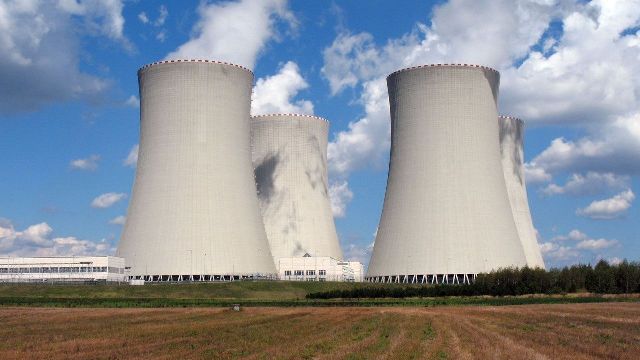
One of the failure points in a nuclear reactor is the metal used in the construction of a reactor, especially those used in and around a high-radiation area like the core. In the presence of high levels of radiation, helium enters the metal and weakens it by forming bubbles along the grain boundaries. This causes the metal to become porous and brittle, raising the likelihood they would crack unexpectedly.
According to researchers, carbon nanotubes could be used to combat this degradation process. Studies on the metal-nanotube alloy show that the nanotubes form a one-dimensional channel inside the metal that allows the helium to pass through the matrix instead of being trapped inside, where it can cause damage. “The metal with carbon nanotubes uniformly dispersed inside is designed to mitigate radiation damage for long periods without degrading,” says postdoc Kang Pyo So. This effect is seen even when the nanotubes are introduced at a small amount, as low as 2 percent of the total volume of the aluminum metal used in the study.
These nanotubes are able to withstand up to 70 DPA of radiation damage and can reduce brittleness between five and tenfold when compared to control samples of untreated aluminum. “We see pores in the control sample, but no pores” in the new material,” says MIT professors Ju Li. “And mechanical data shows it has much less embrittlement.” Nanotubes also strengthen the metal by 50 percent and improve its ability to bend without breaking.
This study used aluminum, which is used in only low temperature systems, but researchers plan to expand their testing to zirconium, a metal widely used in high-temperature nuclear reactor systems. Researchers believe this nanotube effect is generic and will be seen in most metal-carbon nanotubes hybrid materials.




